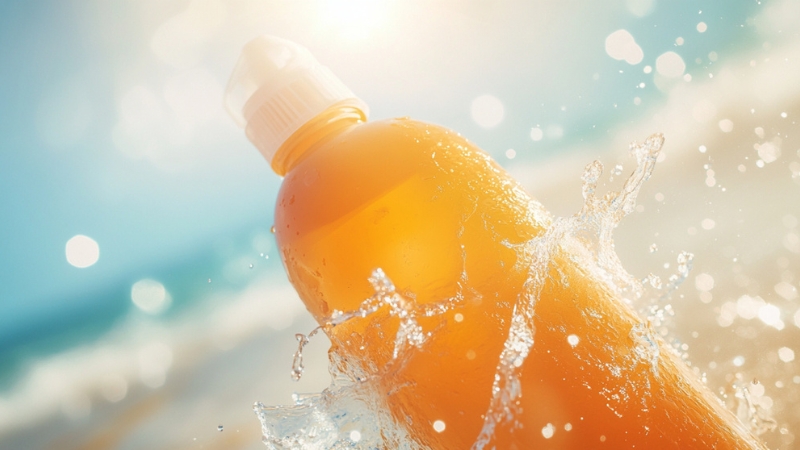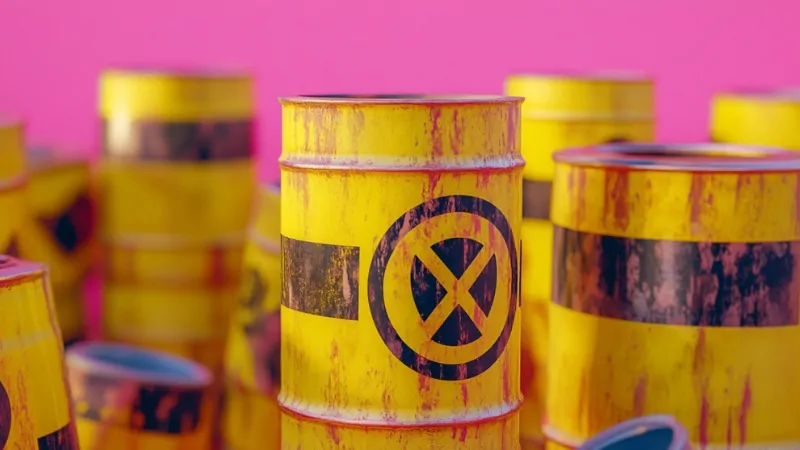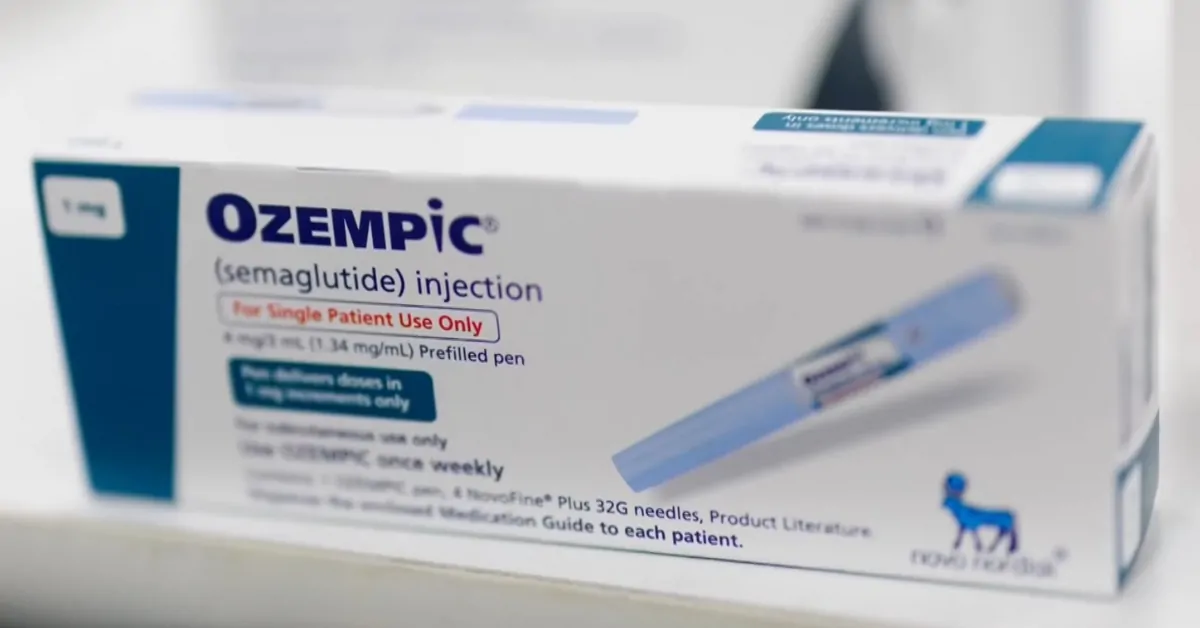Every day, millions of people unknowingly expose themselves to harmful carcinogens present in everyday products. From the food we eat to the personal care products we use, these substances lurk in seemingly harmless items, raising significant public health concerns.
According to the World Health Organization (WHO), cancer is responsible for nearly 10 million deaths annually, making it a leading cause of mortality worldwide.
The International Agency for Research on Cancer (IARC) has classified hundreds of substances as carcinogenic, many of which are still widely used in consumer products.
Recent research highlights the pervasive nature of carcinogenic exposure. A 2020 study by the Environmental Working Group (EWG) found that over 40% of personal care products contained at least one known carcinogen.
Meanwhile, a Harvard T.H. Chan School of Public Health study revealed that daily exposure to endocrine-disrupting chemicals like BPA and phthalates increases cancer risk by up to 30%.
Table of Contents
ToggleKey Takeaways
1. Processed Meats (Bacon, Sausages, Deli Meats)

Carcinogen: Nitrites and N-nitroso compounds (NOCs)
One of the most concerning carcinogenic substances is asbestos, which has been linked to severe health conditions, including lung cancer. Asbestos exposure, particularly from older building materials and some consumer goods, remains a public health threat.
More information on the risks of asbestos exposure and lung cancer can be found at lungcancergroup.com.
A BMJ report found that consuming 50g of processed meat daily increases colorectal cancer risk by 18%. The World Cancer Research Fund (WCRF) strongly advises limiting processed meat intake to reduce cancer risks.
Sample Size
Cancer Risk Increase
800,000+ participants
18% per 50g/day
150,000+ participants
17% colorectal cancer risk
Consumer Tips
- Opt for fresh or unprocessed meats.
- Look for nitrate-free options.
2. Talcum Powder
Carcinogen: Asbestos-contaminated Talc
Talc, a mineral commonly found in baby powders and cosmetic products, has been linked to ovarian cancer due to potential contamination with asbestos, a known carcinogen.
A Center4Research study found that women using talcum powder in the genital area had a 33% increased risk of ovarian cancer.
The American Cancer Society (ACS) notes that some case-control studies show an association, while cohort studies are inconclusive.
| Sample Size | Cancer Risk Increase |
|---|---|
| 200,000 women | 33% increased risk |
| 250,000 participants | 30% increased ovarian cancer risk |
Consumer Tips
- Choose cornstarch-based alternatives.
- Avoid products containing talc unless certified asbestos-free.
3. Plastic Containers and Food Packaging
Scientists have found cancer-causing chemicals in many food packaging. https://t.co/jw7uUVppzK
— Medical News Today (@mnt) October 15, 2024
Carcinogen: Bisphenol A (BPA) and Phthalates
Plastics, particularly food packaging, can leach bisphenol A (BPA) and phthalates, which disrupt endocrine function and may increase cancer risk.
A 2018 study found high BPA exposure correlated with increased risks of breast and prostate cancers.
The U.S. National Toxicology Program warns that even low doses of BPA disrupt hormone function.
| Sample Size | Health Risks Identified |
|---|---|
| 100,000+ participants | Increased breast and prostate cancer risk |
| 50,000+ subjects | Endocrine disruption, metabolic disorders |
Consumer Tips
- Use glass or stainless-steel containers.
- Look for BPA-free and phthalate-free labels.
4. Hair Dyes and Chemical Straighteners

Carcinogen: Aromatic Amines and Formaldehyde
Hair dyes and chemical straighteners contain aromatic amines and formaldehyde, both of which have been linked to various cancers.
A 2019 NIH study found that women using permanent hair dyes had a 9% higher breast cancer risk, while Black women had a 45% increased risk.
The IARC classifies some hair dye chemicals as possible carcinogens (Group 2A).
| Sample Size | Cancer Risk Increase |
|---|---|
| 45,000 women | 9% breast cancer risk |
| Global Data | Group 2A Carcinogen |
Consumer Tips
- Opt for natural or plant-based hair dyes.
- Reduce frequency of use.
5. Air Fresheners and Scented Candles
Carcinogen: Volatile Organic Compounds (VOCs) and Formaldehyde
Many scented household products contain volatile organic compounds (VOCs) that can react with indoor air pollutants to form carcinogenic compounds like benzene and formaldehyde. Continuous exposure to these chemicals has been linked to respiratory diseases and cancer risks.
A 2007 study by the NRDC found that certain air fresheners contain benzene and formaldehyde, both classified as human carcinogens. Research published in Environmental Science & Technology detected high levels of VOCs in homes using air fresheners daily, increasing long-term exposure risks.
| Sample Size | Cancer Risk Factors |
|---|---|
| Multiple household samples | High benzene and formaldehyde levels |
| 500+ homes | Increased VOCs in frequent users |
Consumer Tips
- Opt for natural air fresheners like essential oil diffusers.
- Choose soy-based or beeswax candles instead of synthetic fragrances.
6. Sunscreen (Chemical UV Filters)

Carcinogen: Oxybenzone and Octinoxate
Many commercial sunscreens contain chemical UV filters like oxybenzone, which have been linked to hormone disruption and potential DNA damage leading to cancer.
A 2020 study in JAMA found that oxybenzone accumulates in the bloodstream at concerning levels.
The FDA has requested additional safety data on chemical sunscreen ingredients due to potential carcinogenic effects.
| Sample Size | Findings |
|---|---|
| 24 adults | Elevated blood oxybenzone levels |
| Ongoing research | Need for further toxicology studies |
Consumer Tips
- Use mineral-based sunscreens containing zinc oxide or titanium dioxide.
- Avoid chemical sunscreens with oxybenzone and octinoxate.
7. Cleaning Products and Laundry Detergents
@jessicahaizman Most conventional laundry detergents contain harmful chemicals like synthetic fragrances, optical brighteners, and phosphates. 👎🏼🚫 These ingredients can leave behind residue on clothing and bedding, which comes into direct contact with your baby’s sensitive skin! Exposure to these chemicals has been linked to eczema, skin irritation, rashes, respiratory issues, and even endocrine disruption. 😣 For babies and young children, who have thinner skin and immature detoxification systems, these chemicals pose an even greater risk. To protect our little ones, it’s best to choose non-toxic detergents made with plant-based ingredients that are free from harsh chemicals and unnecessary additives. 🍃✨ 💬 tap the link in my bio to shop my favorite nontoxic laundry detergent (that still smells amazing might I add!) and a stellar limited-time deal!! 🫶🏼 #momlife #newmom #crunchymama #pregnant #toddlermom #firsttimemom #babyproducts #nontoxicliving ♬ The Kite Luisa Marion and Noah Floersch – luisa_marion_music
Carcinogen: 1,4-Dioxane and Formaldehyde
Household cleaning products and laundry detergents often contain hidden carcinogens like 1,4-dioxane and formaldehyde, which can linger in indoor air and on surfaces.
A 2018 EWG report found that many popular detergents contain 1,4-dioxane, a probable human carcinogen. The IARC classifies formaldehyde as a known human carcinogen (Group 1).
Sample Size
Carcinogen Detected
400+ detergents
1,4-dioxane
Global data
Formaldehyde exposure
Consumer Tips
- Use eco-friendly, fragrance-free cleaning products.
- Look for labels indicating “1,4-dioxane-free” and “formaldehyde-free”.
8. Alcoholic Beverages

Carcinogen: Ethanol (Acetaldehyde Metabolism)
Alcohol is directly linked to several types of cancer, particularly liver, breast, and esophageal cancers. When metabolized, ethanol is converted into acetaldehyde, a toxic compound that can damage DNA.
A 2021 study in PMC found that alcohol consumption accounted for 4.1% of global cancer cases. The American Cancer Society states that even light drinking increases cancer risk.
Sample Size
Cancer Risk
Global Data
4.1% of cancer cases linked to alcohol
U.S. Population
Higher risk with regular consumption
Consumer Tips
- Limit alcohol intake to reduce cancer risks.
- Opt for low-alcohol or alcohol-free alternatives.
9. Teflon Cookware (Non-Stick Pans)

Carcinogen: Perfluoroalkyl Substances (PFAS)
Non-stick cookware made with Teflon contains PFAS (perfluoroalkyl substances), also known as “forever chemicals,” which have been linked to several types of cancer, including kidney and testicular cancers.
A 2018 study in NCI found that high blood PFAS levels were associated with a fourfold increase in kidney and testicular cancer risk. The EPA has classified some PFAS compounds as likely human carcinogens.
Sample Size
Increased Cancer Risk
50,000+ individuals
400% higher kidney/testicular cancer risk
Nationwide data
Increased liver toxicity, thyroid issues
Consumer Tips
- Switch to stainless steel, ceramic, or cast-iron cookware.
- Avoid scratching non-stick surfaces, which releases PFAS.
10. Nail Polish and Nail Polish Removers
Carcinogen: Toluene, Formaldehyde, and Dibutyl Phthalate (DBP)
Nail polishes and removers often contain toluene, formaldehyde, and dibutyl phthalate (DBP), chemicals linked to reproductive toxicity and cancer.
A 2017 study by Duke University found that DBP and other plasticizers in nail polish absorb into the bloodstream within hours. The IARC classifies formaldehyde as a Group 1 carcinogen.
Sample Size
Health Risks Identified
24 women
The rapid absorption of toxins
Global data
Group 1 carcinogen
Consumer Tips
- Use “3-free” or “5-free” nail polish brands (free from harmful chemicals).
- Apply polish in well-ventilated areas to minimize inhalation exposure.
Related Posts:
- New Quebec Gold Discovery May Be the Biggest Canada…
- A Common Diabetes Drug May Boost Women’s Chances of…
- The Hidden Costs of Healthcare – How to Protect…
- When Birth Rates Crash, So Do House Sales - The Hidden Risk
- Top 13 Techniques for Improving Heart Rate Variability
- Top 4 Seasons With Record Denver Nuggets Attendance








